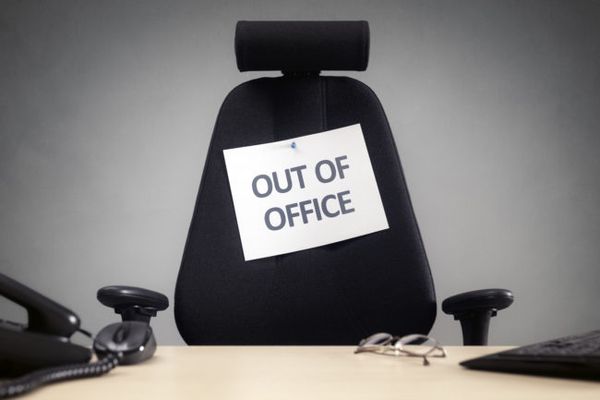6 steps to managing short-term absenteeism
By Andrew Hobbs
WHETHER it is an employee taking too much personal leave, or a worker with a bad habit of turning up late for their shift, employee absenteeism can seriously impact your company.
In its 2017 Absence Management & Wellbeing Survey, Australian company Direct Health Solutions reported that employee absenteeism costs employers $33 billion annually.
According to the survey, which collected data from 122 organisations across Australia, absenteeism had increased on average to 9.7 days per employee per year, and 40% of respondents felt that number was growing.
While most companies agree that there is nothing wrong with an employee taking planned leave, issues arise when employees are persistently absent on short notice.
Below is our guide to dealing with these absences effectively, while meeting your obligations under employment and health and safety legislation.
Step 1: Reinforce your attendance expectations
Before you do anything else, set out what your attendance expectations are and ensure your workforce is informed of them. A company policy distributed to all employees is a good way to achieve this.
In your policy you might want to include a clause that requires employees to phone their manager within a certain timeframe to advise why they might be late, or make it mandatory to provide evidence that they are unfit for work – such as a medical certificate.
Whatever you decide, make sure your demands are reasonable. For example, it is not reasonable to penalise an employee for failing to warn of an absence if they were so seriously injured that they were unable to do so.
Step 2: Monitor any absenteeism
You should be monitoring and recording any regular absences so you have a clear paper trail of evidence should you need to meet with an employee.
Reinforcing your policies relating to leave forms and timesheets can help with this, and in some cases, reminding employees will be enough to stop the problem.
Monitoring these trends will not only confirm whether you do have a problem, but will help you spot any patterns in absence levels. For example – do you have a problem with Monday ‘sickies’? Are absence levels higher in one department, or a certain time of year?
Step 3: Meet with the employee to discuss their absenteeism
If an employee is taking excessive amounts of personal leave or is often late to work, meet with them to discuss your concerns. Outline the duration of their absences and explain how their absenteeism is affecting their performance.
Ask the employee if there is anything you should know in relation to their health or their carer responsibilities so that you can support them.
Review their responses and consider how reasonable the employee’s explanation is and whether you need to meet with them on a more regular basis to monitor their attendance and wellbeing until things return to normal.
Remember, an employee can legally request a change in working arrangements to accommodate illness, injury or carer’s responsibilities – but that you can refuse if it causes unjustifiable hardship.
Step 4: Set a timeline for improvement
As with any behavioural matter, it is important that you give the employee sufficient time to demonstrate improvement before you consider taking disciplinary action against them.
Discuss a reasonable timeframe for improvement with them, based on their personal circumstances and the needs of your business.
Step 5: Provide a warning if there is no improvement
If there are no signs of improvement, provide the employee with a written warning outlining that if they do not improve, their employment may be in jeopardy.
Step 6: Consider other disciplinary measures
If the situation does not improve following the written warning, ask the employee to meet with you again so that you can determine whether performance management or disciplinary action is required. You should invite them to bring a support person to this meeting.
At the meeting, indicate that the issues have not been satisfactorily resolved and you believe you have grounds for dismissal. Ask for the employee’s response and consider it carefully before taking any action.
You should ensure you keep detailed records and all relevant documentation relating to this process, and seek legal advice if you are considering ending the employment relationship.
Get the latest employment law news, legal updates, case law and practical advice from our experts sent straight to your inbox every week.

